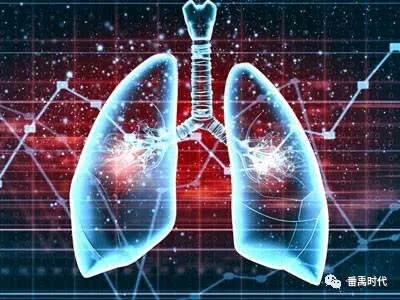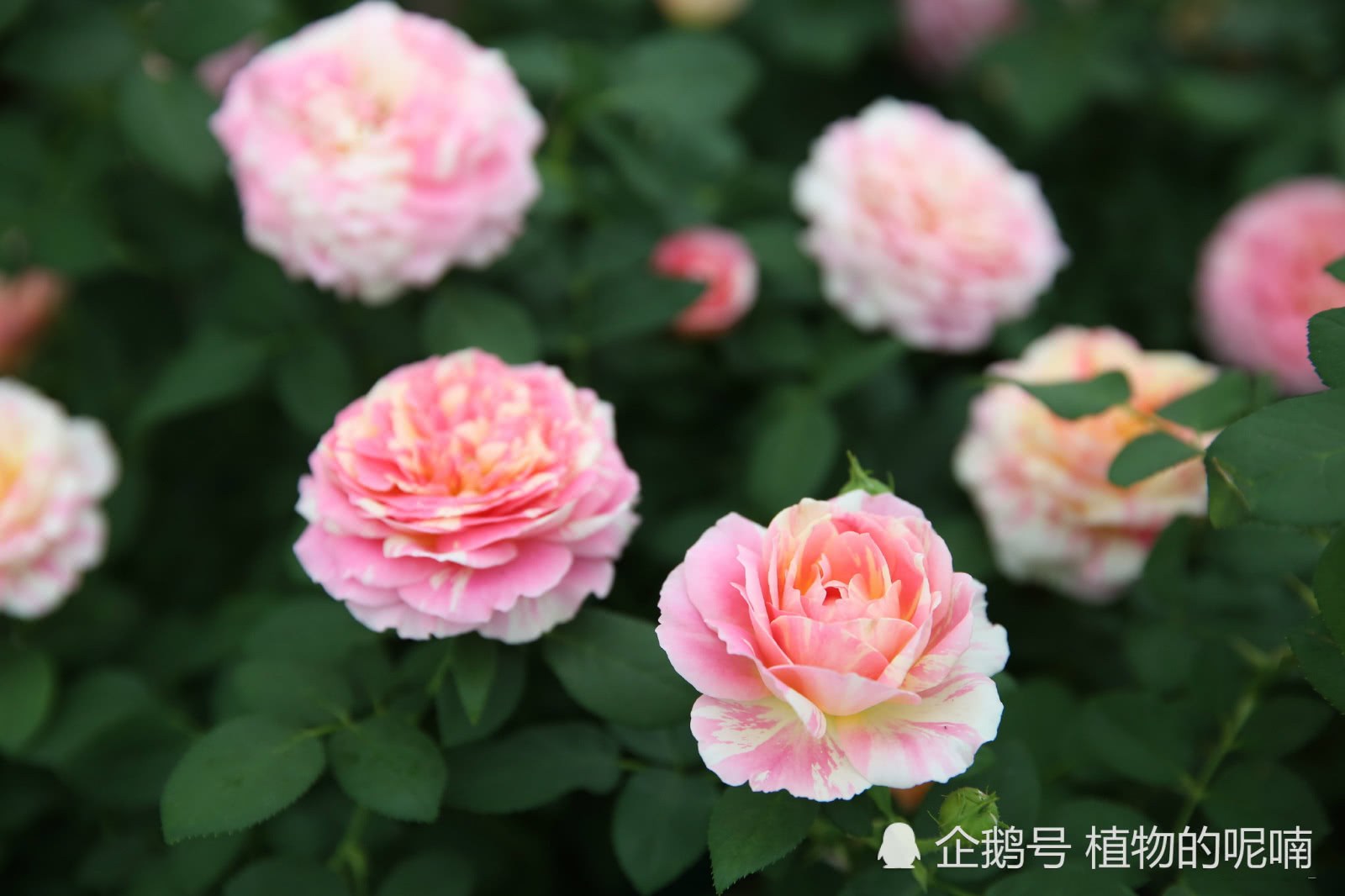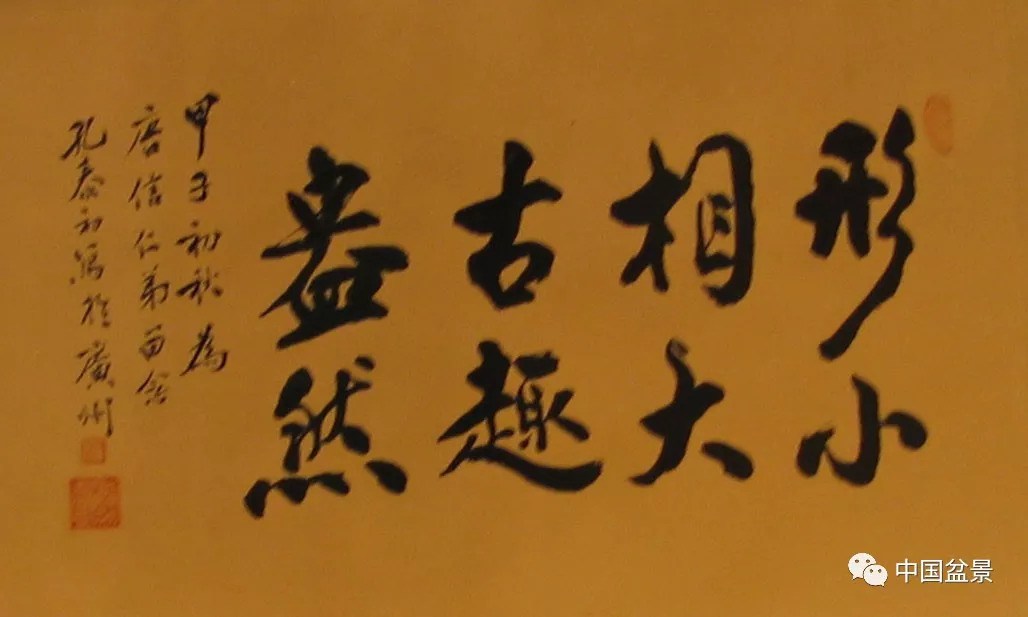How to treat chest pain in Pulmonary Hypertension with traditional Chinese Medicine

There are more and more causes and types of pulmonary hypertension in western medicine, and there are nearly 100 kinds of them, which can be said to be dazzling, dazzling and confusing. On the other hand, traditional Chinese medicine can be summarized in eight characters, that is, "depression of atmosphere, deficiency of qi and blood stasis". This expression of the pathology and pathogenesis of pulmonary hypertension in traditional Chinese medicine actually stems from the domination of qi and blood in traditional Chinese medicine. The ancient books of traditional Chinese medicine are very incisive in the expression of qi and blood, such as the Great Theory of asking about Yin and Yang: "essence is turned into Qi." Essence is the material basis of the functional activities of Zang-fu organs, and Qi is the driving force to promote and regulate the physiological activities of Zang-fu organs.
Qi is invisible, just like air, invisible, but the world's animals and plants are inseparable, is the consensus of the people. But Qi in traditional Chinese medicine is more abstract than air, and its application can cure all kinds of diseases. Blood, is a tangible thing, compared with "Qi", people are easy to understand and accept, but the "blood" in traditional Chinese medicine is not exactly the blood seen by people in western medicine, and the concept is more extensive.
And in traditional Chinese medicine, qi and blood are inseparable and interact with each other. As early as in the Theory of regulating menstruation, it was emphasized that: "the owner of man, blood and qi ears." "Jingyue complete Book Blood Syndrome" also said: "people have yin and yang, that is, blood gas." Yang dominates qi, so all qi is vigorous; yin dominates blood, so blood is strong. Life depends on it, only Si. " …… There are many discussions on qi and blood in ancient books of traditional Chinese medicine, and it comes down to the relationship between qi and blood, which is "qi is the handsome of blood and blood is the mother of qi".
Qi is the commander-in-chief of blood, that is, Qi can command blood. Traditional Chinese medicine also gives Qi the function of producing blood and qi can exercise blood. For example, ginseng invigorating qi and promoting blood is the most convincing example. Blood is the mother of qi, which means that blood can nourish qi, blood can carry qi, and so on. Although these TCM discourses are very abstract, they are expanded, and all diseases can be solved by introducing treatment methods such as deficiency is tonifying, reality is diarrhea, and stasis is general. Pulmonary hypertension caused by "depression of the atmosphere, qi deficiency and blood stasis" is also resolved one by one in these treatments.
- Prev

This flower is beautiful, full of fairy flavor, pleasant fragrance, long flowering period, good maintenance, and is very popular.
France's Monet, the classic striped rose, flowers as its name, colors such as rainbows, clear layers of orange and pink stripes, like just mixed colors, rich and beautiful colors, different distribution of stripes in the four seasons, which is difficult for solid color varieties to give.
- Next

Recalling the 20 years of learning from Kong Taichu
Birthday banquet at Panxi Restaurant in Guangzhou in 1976. The first on the left is Guan Yao, the first on the right is Kong Taichu, the second on the left is he Ji, the third on the left is Tang Xin, and the blank direction is Liu Zhongming. I was originally a Guangzhou Xiguan Wanchang teahouse treasurer, transferred to Liwan after a public-private partnership.
Related
- Wuhan Hospital Iron Tree Blooming Result Was Instantly Frightened by the Gardener Master
- Which variety of camellia is the most fragrant and best? Which one do you like best?
- What is the small blue coat, the breeding methods and matters needing attention of the succulent plant
- Dormancy time and maintenance management of succulent plants during dormancy
- Minas succulent how to raise, Minas succulent plant pictures
- What are the varieties of winter succulent plants
- How to raise succulent plants in twelve rolls? let's take a look at some experience of breeding twelve rolls.
- Attention should be paid to water control for succulent plants during dormant period (winter and summer)
- Watering experience of twelve rolls of succulent plants
- Techniques for fertilizing succulent plants. An article will let you know how to fertilize succulent plants.

